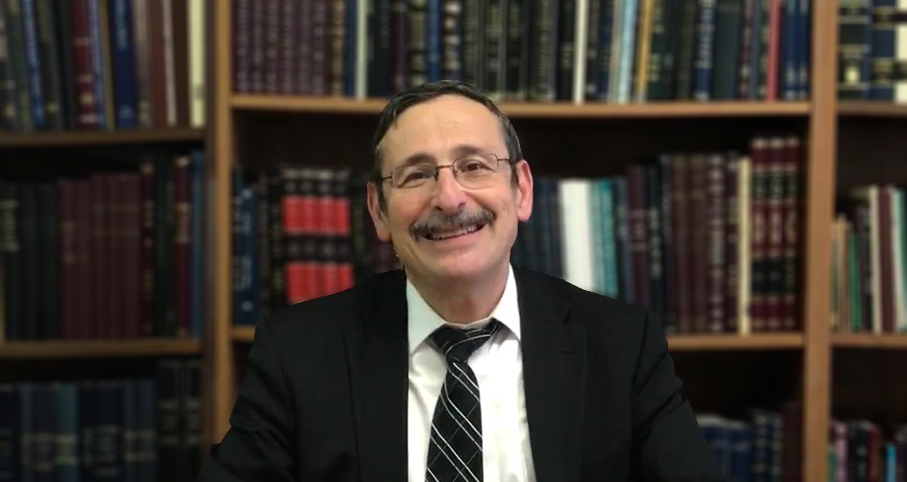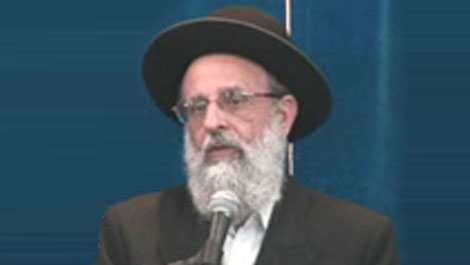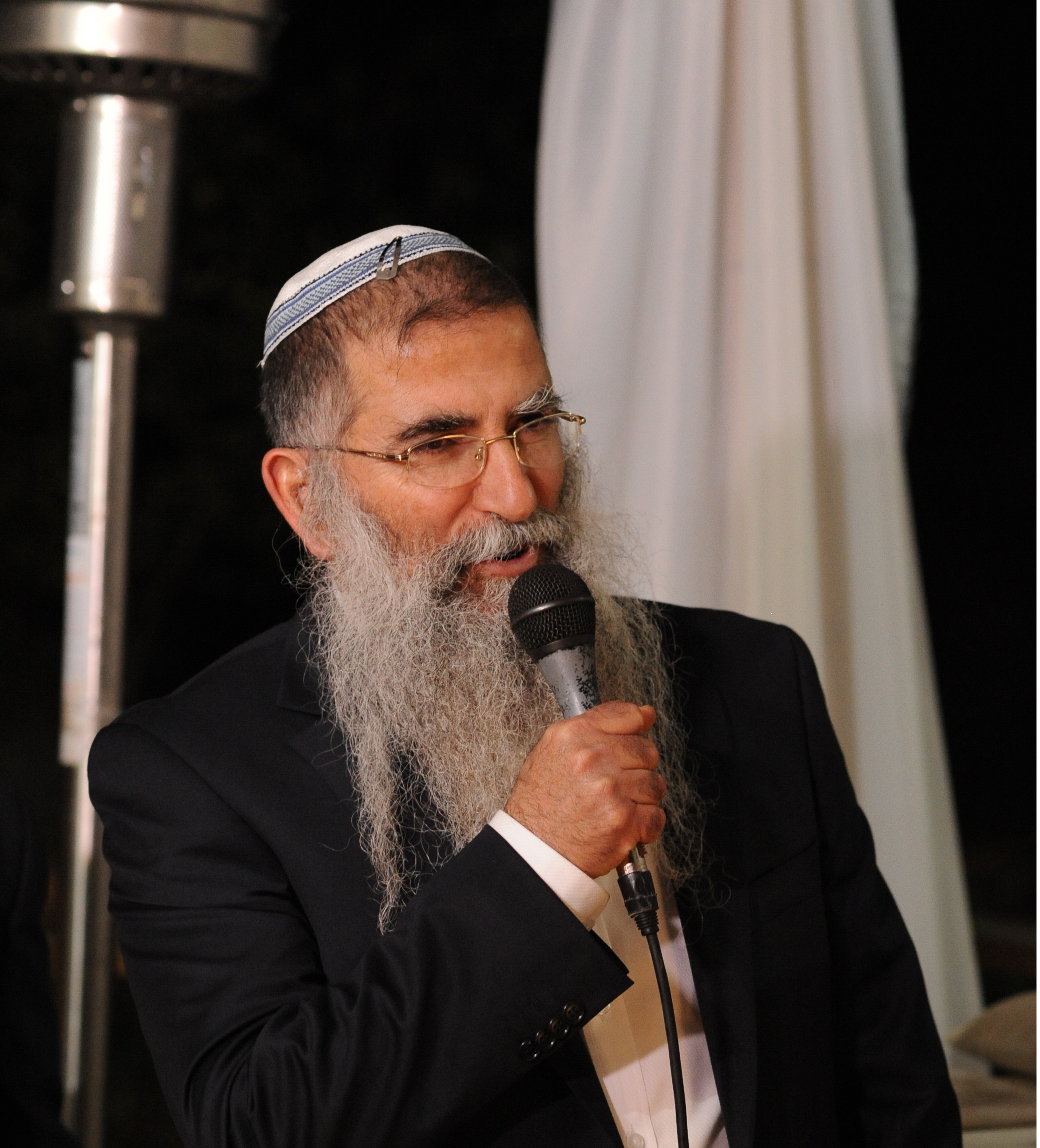Beit Midrash
- Sections
- Chemdat Yamim
- Bemare Habazak - Rabbis Questions
- Family and Society
- The Jewish Household
- Bar Mitzva
Answer: The gemara (Gittin 45b) derives from the proximity of the commandments to write Torah texts (mezuza) and to attach them (tefillin) to the arm (Devarim 11:18-20) that only one who is obligated to and fulfills the mitzva of tefillin can write them. The Rambam (Tefillin 3:16) extends this rule to making batim, as does the Shulchan Aruch (Orach Chayim 39:2). Children are not obligated in tefillin on the level of Torah law, and thus the tefillin they make before bar mitzva may not be used after they are fully obligated. Poskim discuss which actions suffice with adult coaching (gadol omed al gabav) to provide proper intent (lishma) and which a katan cannot do at all (see Bi’ur Halacha ad loc.).
Therefore, if a tefillin-making workshop leader knows how to do his job properly, he can involve children significantly and still have an adult do the halachically required parts of the process. A few years ago, we at Eretz Hemdah were among those who approved and wrote specific guidelines for such a person. If you were led by him, we are fully confident your tefillin were made kosher. Since tefillin need to remain kosher, we remind you to not overly expose them to heat and avoid dampness and pressure. You should also periodically ascertain that it remains in good repair (e.g., the surfaces remain straight).

Bemare Habazak - Rabbis Questions (627)
Rabbi Daniel Mann
425 - Backing Out of an Oral Offer to a Potential Worker
426 - Tefillin Prepared by Children under Bar Mitzva
427 - A Kohen Serving Others
Load More
Now a word to our readers – the tefillin owner who asked is not among them.
The operation which Eretz Hemdah approved (information can be given to individuals who approach us) teaches pre-bar mitzva boys many halachot they would otherwise not learn or remember and has developed an inspiring curriculum. He correctly teaches that ketanim may not do the most critical steps themselves. This young man might have forgotten that over the years, or perhaps the person who led his workshop did not make it as clear as he might have. The rationale of having the children "make the tefillin themselves," when that is not exactly the case, is that the involvement creates a greater connection to this important mitzva. In some cases, this can make the difference between their being life-time tefillin wearers or not. One can argue that as long as the tefillin are kosher, the kids don’t need to know that is only because they were helped. That is a tenable approach, but one we would not advocate under normal circumstances.
Batim made in such workshops could not be gassot (from a large animal, which requires serious equipment), but dakkot (hopefully, not peshutot). We will skip the intricacies, but gassot have advantages, especially their excellent longevity in good, kosher condition without needing renovation or replacement. The best (and most expensive) tefillin on the market are gassot. The tefillin produced in the operation we approved are higher quality than "inexpensive" ones, but are not of the highest "quality" echelon. A rabbi or educator who would bring in such a workshop must weigh the pluses and minuses and determine (and/or discuss with parents) what is best for his bar mitzva boys. Having two pairs or donating the one he made to a good cause might be a nice option for those who can afford it, as the opportunity is educationally powerful even for those who will anyway be life-long tefillin wearers.

Ask the Rabbi: Rebuking Those Talking during Davening
Rabbi Daniel Mann | Elul 5785

Ask the Rabbi: Must One Give his Apartment for Free?
Rabbi Daniel Mann | Elul 5785

Ask the Rabbi: Having a Non-Jew Build a Sukka and Assemble Arba’a Minim
Rabbi Daniel Mann | Tishrei 5786

Ask the Rabbi: Indirect Responsibility for Theft
Rabbi Daniel Mann | Shevat 5785

Rabbi Daniel Mann

Reciting Borei Nefashot on Food When One Will Still Drink
Sivan 3 5780

Pay for Overtime on Shabbat
5773

Washing Hands with Soap on Yom Kippur
Tishrei 4 5776
























